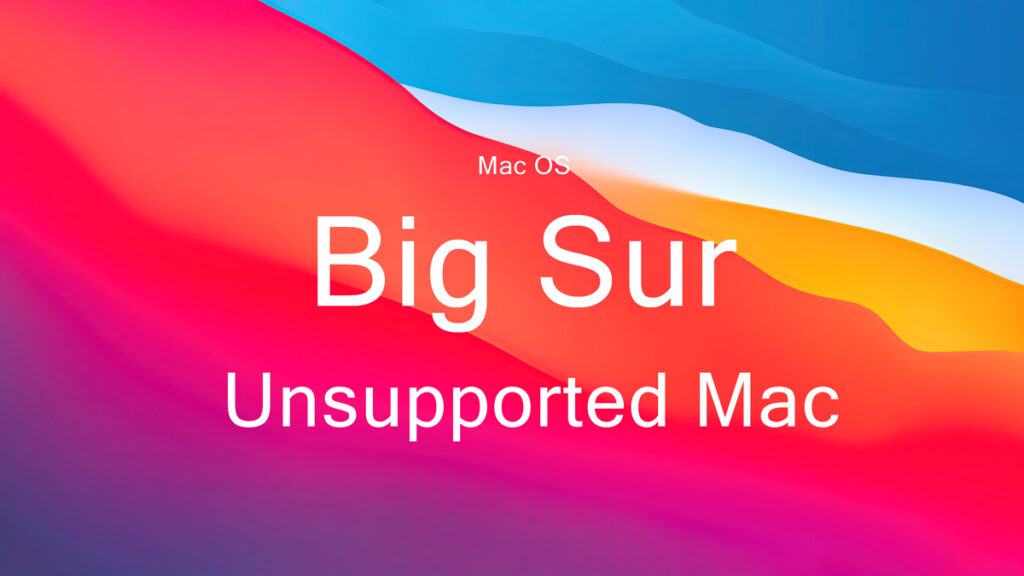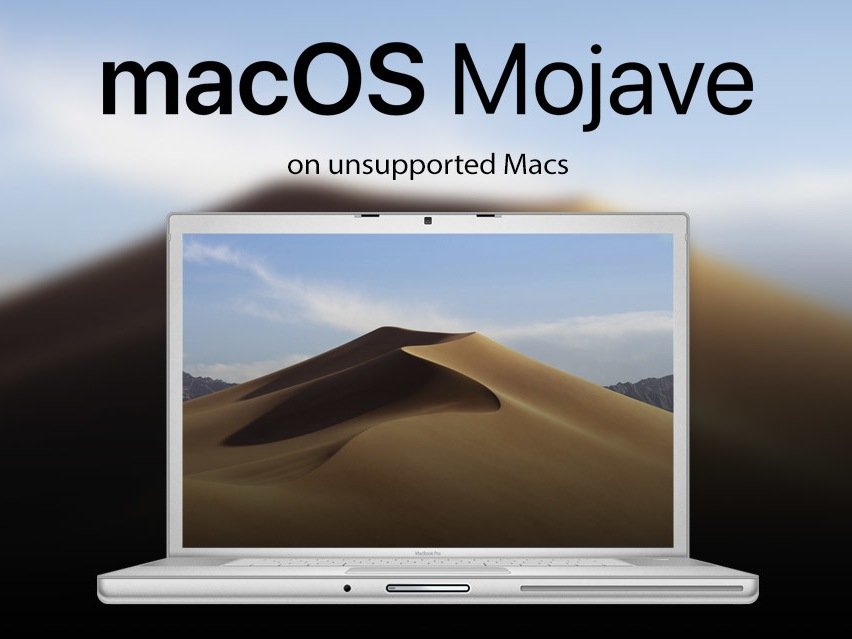Updates
Important Notes:
If you’re unsure what version of macOS you have, you can check your macOS or OS X version by clicking the Apple icon at the top-left corner of Mac’s screen, then select About This Mac. In the Overview tab, look at the Mac model year below the OS version number. The Reason Not To Install macOS High Sierra on an Unsupported Mac. As you may have already experienced with other types of officially unsupported machines, the probability of having issues is much higher. The same applies in this case, too, since the macOS High Sierra Patcher will render your iMac 8.1 Broadcom Wi-Fi chip useless for certain models. DosDude Catalina Patcher is a popular third-party tool that allows users to patch the MacOS Catalina installer on otherwise unsupported Macs. When the operation completes, boot your target unsupported Mac off the USB drive you just created by holding down the Option key while turning on the machine, and selecting the drive. Note: Only perform steps 5 and 6 if you intend to do a clean install. Containg a previous version of OS X, and it'll do an in-place upgrade.

- Using APFS is REQUIRED in Mojave in order to receive system updates via the normal Software Update method. If you choose to continue using macOS Extended (Journaled) as your filesystem type, you will NOT receive System Updates via System Preferences. If you are not using APFS, you can follow the 10.14.1 installation steps below.
- After applying ANY system update via Software Update, re-applying post-install patches using your Mojave Patcher installer volume will most likely be necessary. If you install a software update and the system fails to boot afterwards, this is what needs to be done.
10.14.6
10.14.6 can be updated normally via Software Update if using an APFS volume, and will need to be patched using an installer volume created with Mojave Patcher version 1.3.2 or later after installing.
10.14.5
10.14.5 can be updated normally via Software Update if using an APFS volume, and will need to be patched using an installer volume created with Mojave Patcher version 1.3.1 or later after installing.
10.14.4
10.14.4 adds new changes that ARE NOT patchable by the post-install tool of Mojave Patcher v1.2.3 and older! Before updating to 10.14.4, you you will need to use the latest Mojave Patcher version to create a new installer volume, using the 10.14.4 installer app. Then, update to 10.14.4, either by installing via Software Update, or by just using the installer volume you've created to install.
10.14.3
If you are currently running 10.14.1 or 10.14.2, you can simply use the Software Update pane of System Preferences (if using APFS) to apply the 10.14.3 update. Once the update is installed, you will most likely need to re-apply post-install patches to get the system to boot again. This process is detailed in steps 8 - 10 above. If you are currently running 10.14.0, you'll need to proceed with the 10.14.1 update method described below.
Install Mac Os Unsupported Mac
10.14.2If you are currently running 10.14.1, you can simply use the Software Update pane of System Preferences (if using APFS) to apply the 10.14.2 update. Once the update is installed, you will most likely need to re-apply post-install patches to get the system to boot again. This process is detailed in steps 8 - 10 above. If you are currently running 10.14.0, or are using a non-AFPS volume, you'll need to proceed with the 10.14.1 update method described below.
10.14.1/macOS Extended (Journaled) volumes
Install Mac Os On Unsupported Mac
The Mojave 10.14.1 update does NOT install properly on unsupported machines, and could result in an unbootable OS. If you want to install the 10.14.1 update (and are not currently running 10.14.1), perform the following steps:
• Download the latest version of Mojave Patcher
• Download the installer using the Tools menu of Mojave Patcher
• Create a patched USB installer
• Boot from that, and install 10.14.1 onto the volume containing an older release.
• Once done, apply the post-install patches, and you should now be on 10.14.1.
CentOS® 6 end-of-life is coming up in November, which raises an important question for organizations running it and other web server operating systems: what happens if you continue to run it after its end-of-life?


Security-wise, that’s a dangerous prospect. Running an unsupported OS leaves servers open to all sorts of problems and attacks. What sort of dangers does an unsupported OS present, and how can you avoid them? Let’s find out.
Running an Unsupported OS: a Bad Idea
Running a web server without the support of the OS vendor presents major security and uptime problems:
- Unpatched vulnerabilities: without continued security updates, a web server is increasingly susceptible to new sorts of attacks. New vulnerabilities will be found, but there will be no new patches from the OS vendor to fix them. Sooner or later, the server will get hacked, which will lead users to complain and customers to look elsewhere.
- Unknown vulnerabilities: when an OS is no longer supported, its vendor has little incentive to look into and disclose vulnerabilities when they’re brought to its attention. This means that vulnerabilities develop that admins do not know about. While they may be unknown to admins, they’re often shared and sold among dark web hackers.
- Compatibility issues: third-party software applications on an unsupported OS probably aren’t supported either, because their vendors only test them on current Oss. The performance of third-party apps can degrade over time and they can even stop running entirely. This means users are confronted with slow or non-functioning applications.

Can an Unsupported OS Be Safely Run?

In the past, organizations that weren’t ready to migrate to a newer, supported version of an OS just took their chances, and ran substantial risks. Now, that’s not always necessary. In the case of CentOS 6, third-party support makes it possible to run the OS safely, even after its end-of-life.
Mac Os 10.15 Unsupported Mac
CloudLinux is offering this extended lifecycle support for CentOS 6. Making it work is easy: just run one command to add a new repository file, and you’ll get kernel security updates for CentOS 6 through June of 2024.
Also, CloudLinux’s support for CentOS 6 includes updates to cPanel and other packages critical for web hosting, such as Apache, PHP, MySQL, glibc, OpenSSL, OpenSSH, Zlib, and more.
Mac Os High Sierra On Unsupported Mac
How Do I Get CentOS 6 Extended Lifecycle Support?
You can fill out the response form on the CloudLinux CentOS 6 information page. A consultant will get back to you to talk about your organization’s needs, and make the arrangements for CentOS 6 extended lifecycle support.